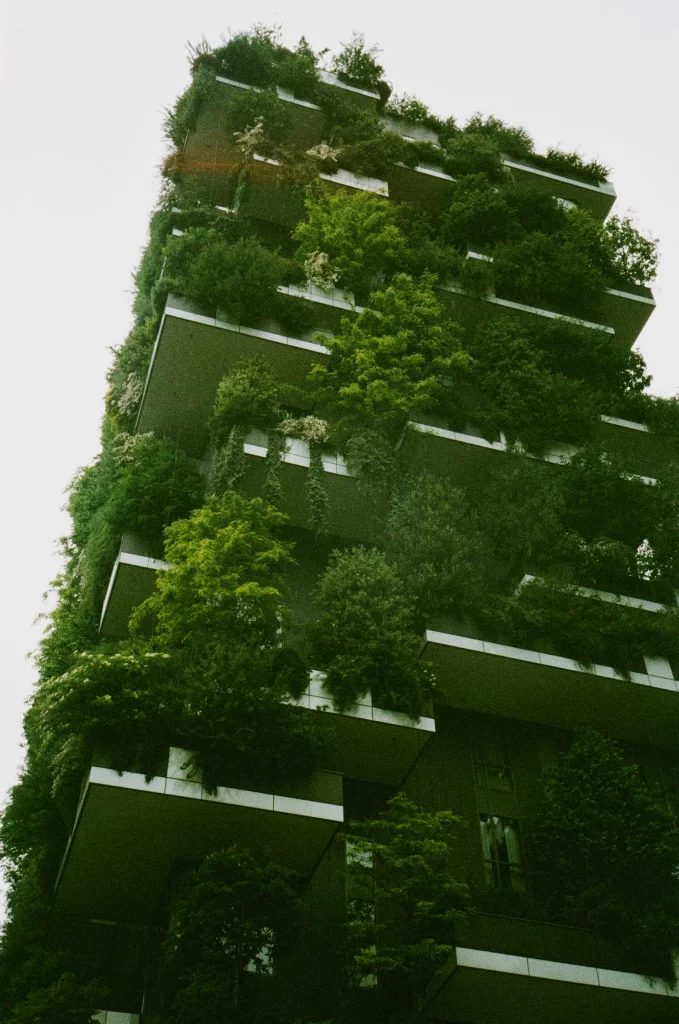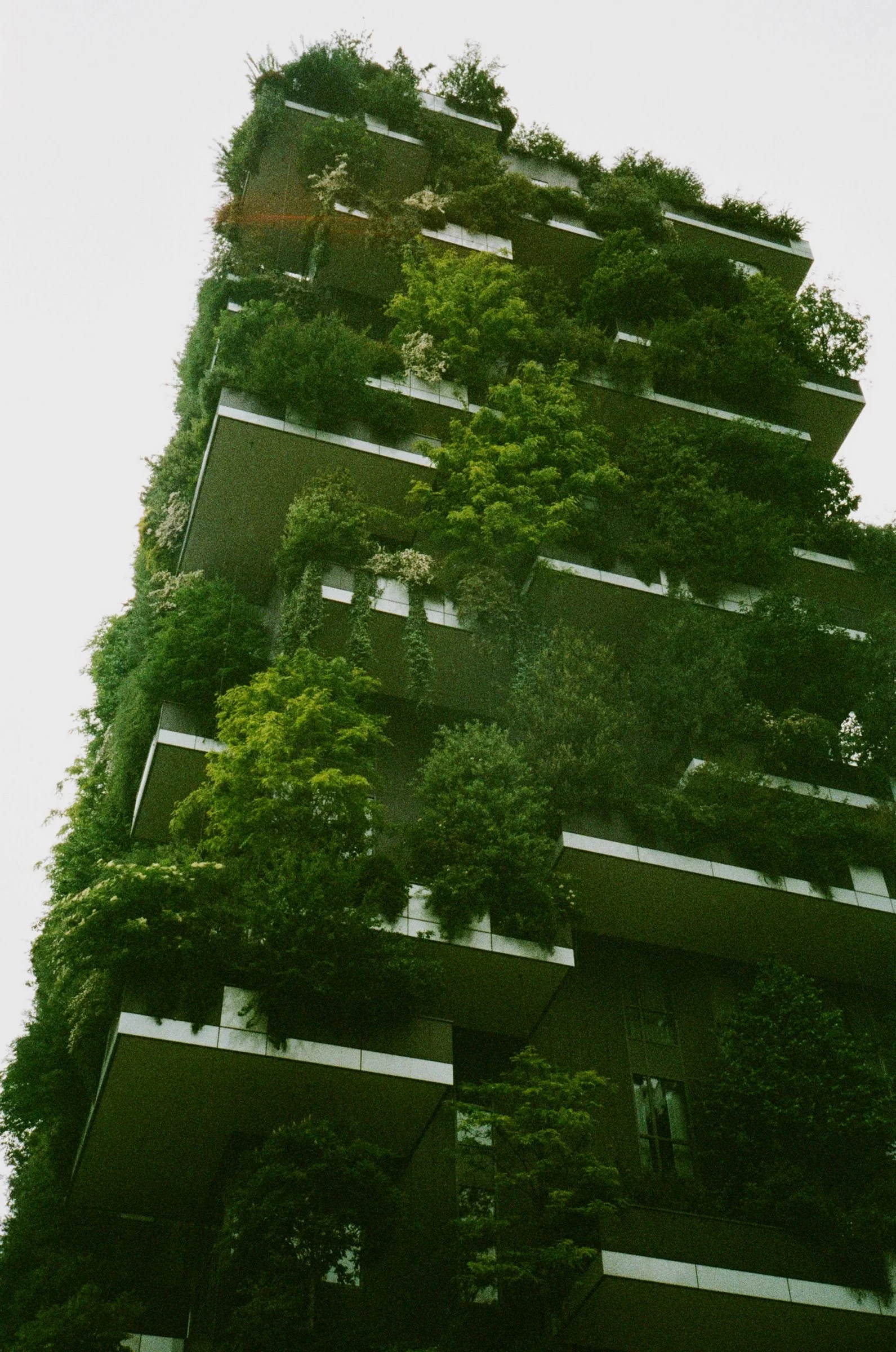The use of green building materials is a key component of sustainable construction. These materials are designed to minimize the environmental impact of a building, conserve natural resources, and promote healthy indoor environments. They can be used in a variety of applications, from insulation and flooring to roofing and siding.
One of the most important characteristics of green building materials is their ability to conserve natural resources. For example, materials that are made from recycled or reclaimed materials, such as reclaimed wood or recycled steel, help to reduce the demand for virgin resources. Other materials, such as bamboo and cork, are renewable resources that can be harvested and used again and again, without causing damage to the environment.
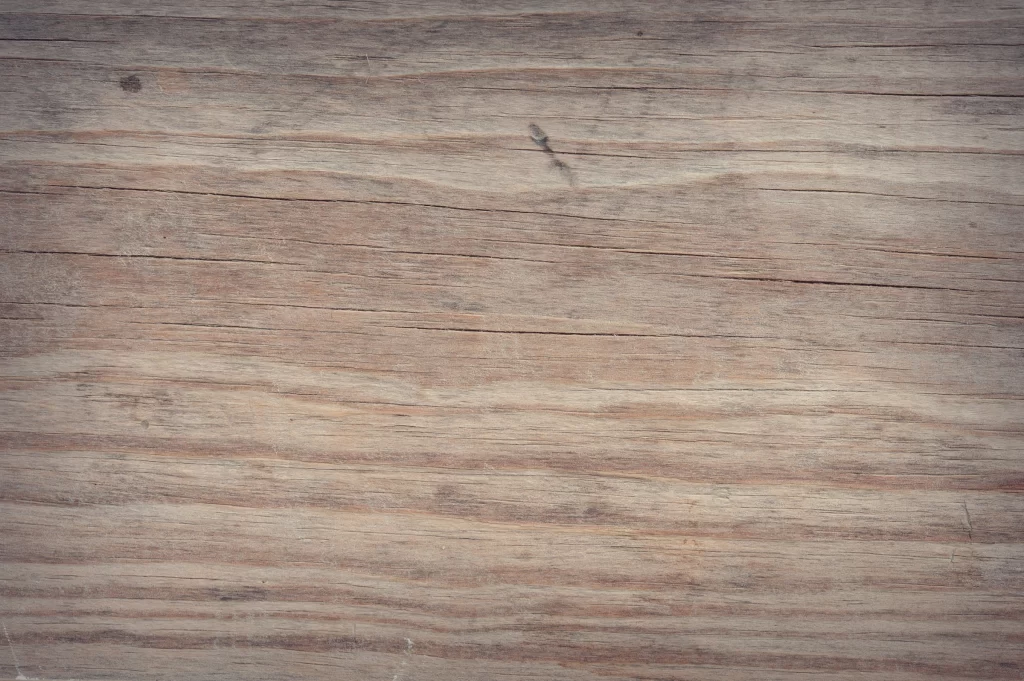
Another important characteristic of green building materials is their low-impact manufacturing process. For example, materials that are produced using minimal energy inputs, such as straw bale and rammed earth, have a smaller carbon footprint than those produced using traditional manufacturing methods.
Green building materials also promote healthy indoor environments by reducing the amount of toxins and pollutants that are released into the air. For example, low-VOC (volatile organic compounds) paints and adhesives, as well as formaldehyde-free insulation and flooring, can help to improve indoor air quality.
In addition to these characteristics, green building materials also have a positive impact on the energy performance of a building. Materials such as high thermal mass materials like concrete and masonry, can help to regulate indoor temperature and reduce the need for heating and cooling.
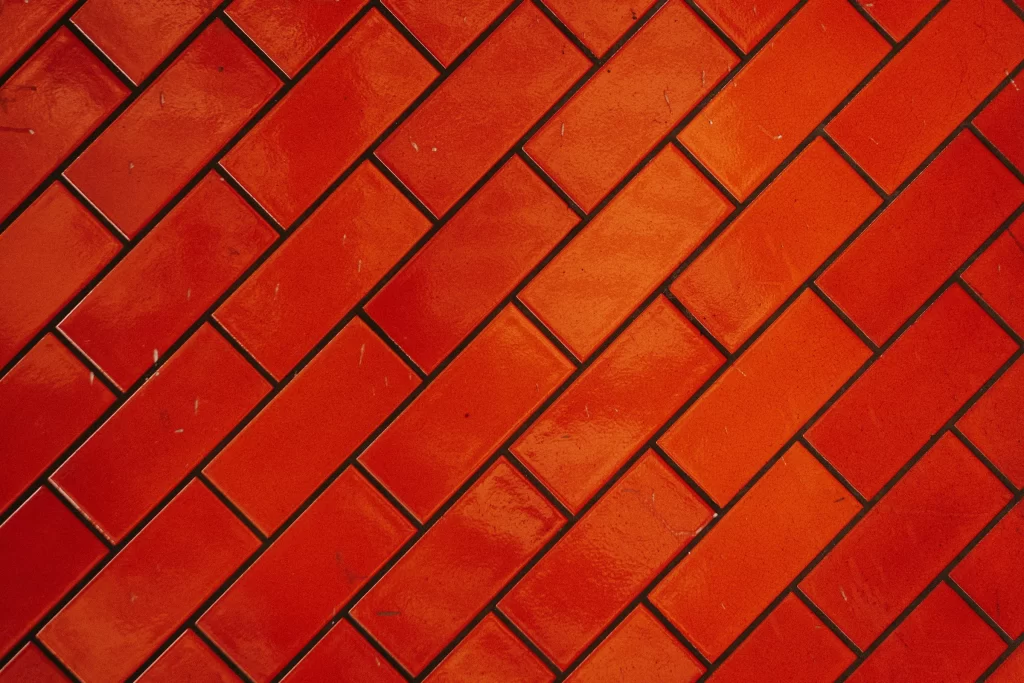
One of the most popular green building materials is reclaimed wood. It is made from wood that has been salvaged from old buildings, bridges and other structures. Reclaimed wood is an excellent insulator, which makes it ideal for use in walls, floors and ceilings. It also has a unique and natural aesthetic appeal.
Bamboo is another sustainable material that has gained popularity in recent years. It is a fast-growing grass that can be harvested in as little as 3-5 years, compared to the decades it takes for most hardwood trees to mature. Bamboo is also highly durable and can be used for flooring, cabinetry, and other architectural elements.
Cork is another sustainable material that is made from the bark of the cork oak tree. It is a natural insulator and can be used for flooring, wall coverings, and other architectural elements. Cork is also a renewable resource and can be harvested from the same tree every 9-12 years without causing damage.
Straw bale is another sustainable material that is made from the dried stalks of wheat, rice, or other grains. It is an excellent insulator and can be used for walls, floors and ceilings. Straw bale can be used in both new construction and renovation projects and is an eco-friendly alternative to traditional insulation materials.
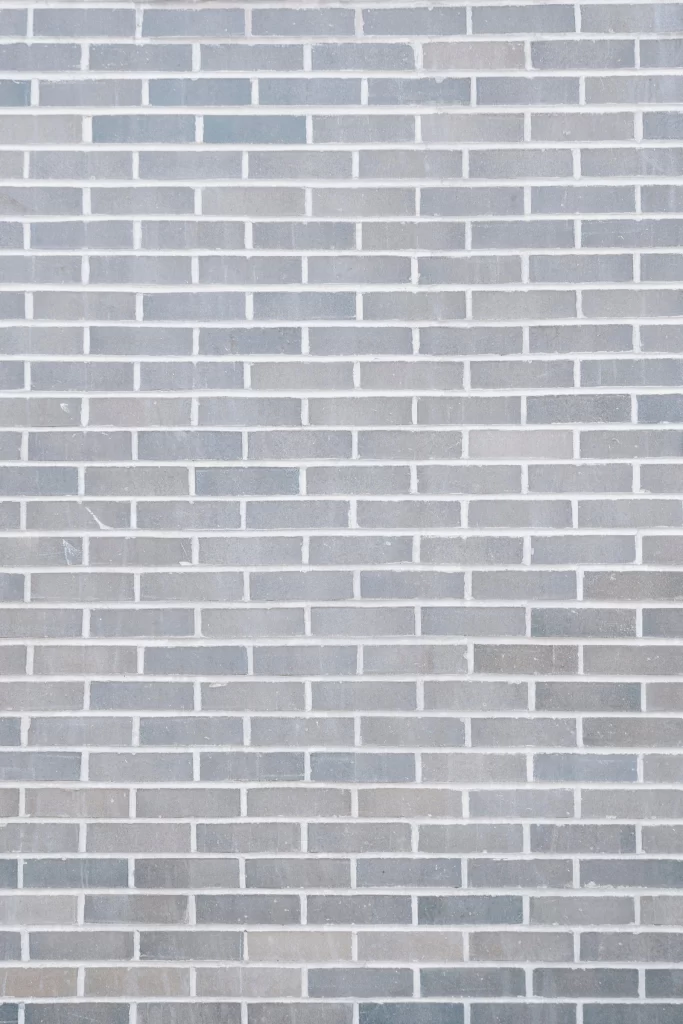
Green roofs are another popular green building material. They consist of a layer of plants and soil that are planted on top of a conventional roof. Green roofs can help to reduce energy consumption, improve air quality, and provide additional green space in urban areas. They also help to extend the life of the roof by protecting it from the elements.
In addition to these materials, there are many other green building materials available, such as low-emitting insulation, energy-efficient windows and doors, and water-saving fixtures. The use of these materials in combination with energy-efficient design and construction practices can help to reduce the environmental impact of a building and improve the overall sustainability of the construction industry.
When selecting and using green building materials, it is important to consider the specific project goals and constraints, as well as local building codes and regulations. It is also important to work with experts in sustainable design and construction.
